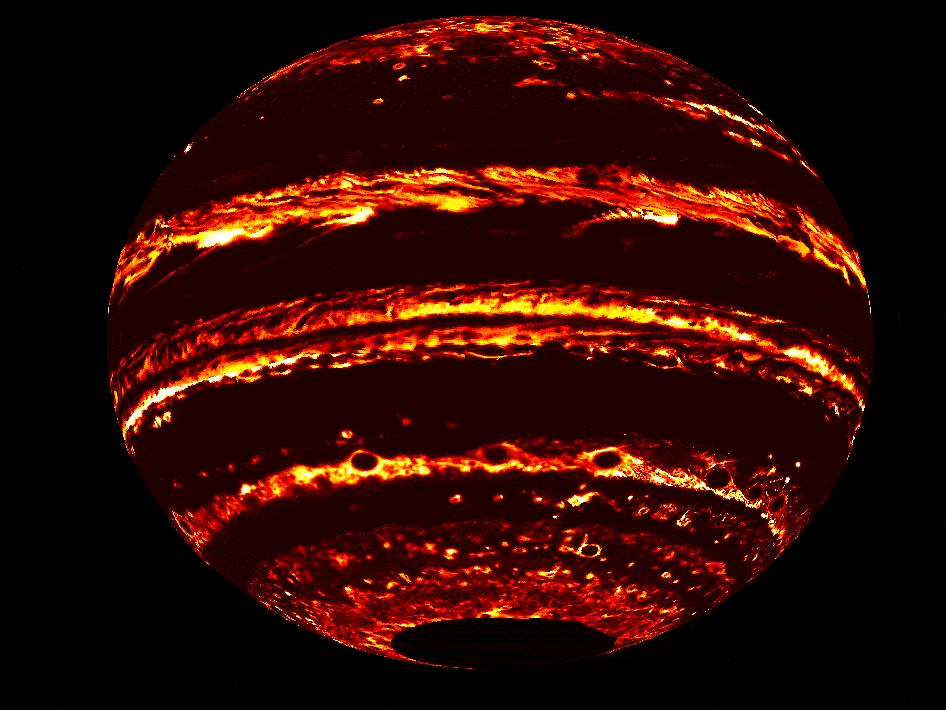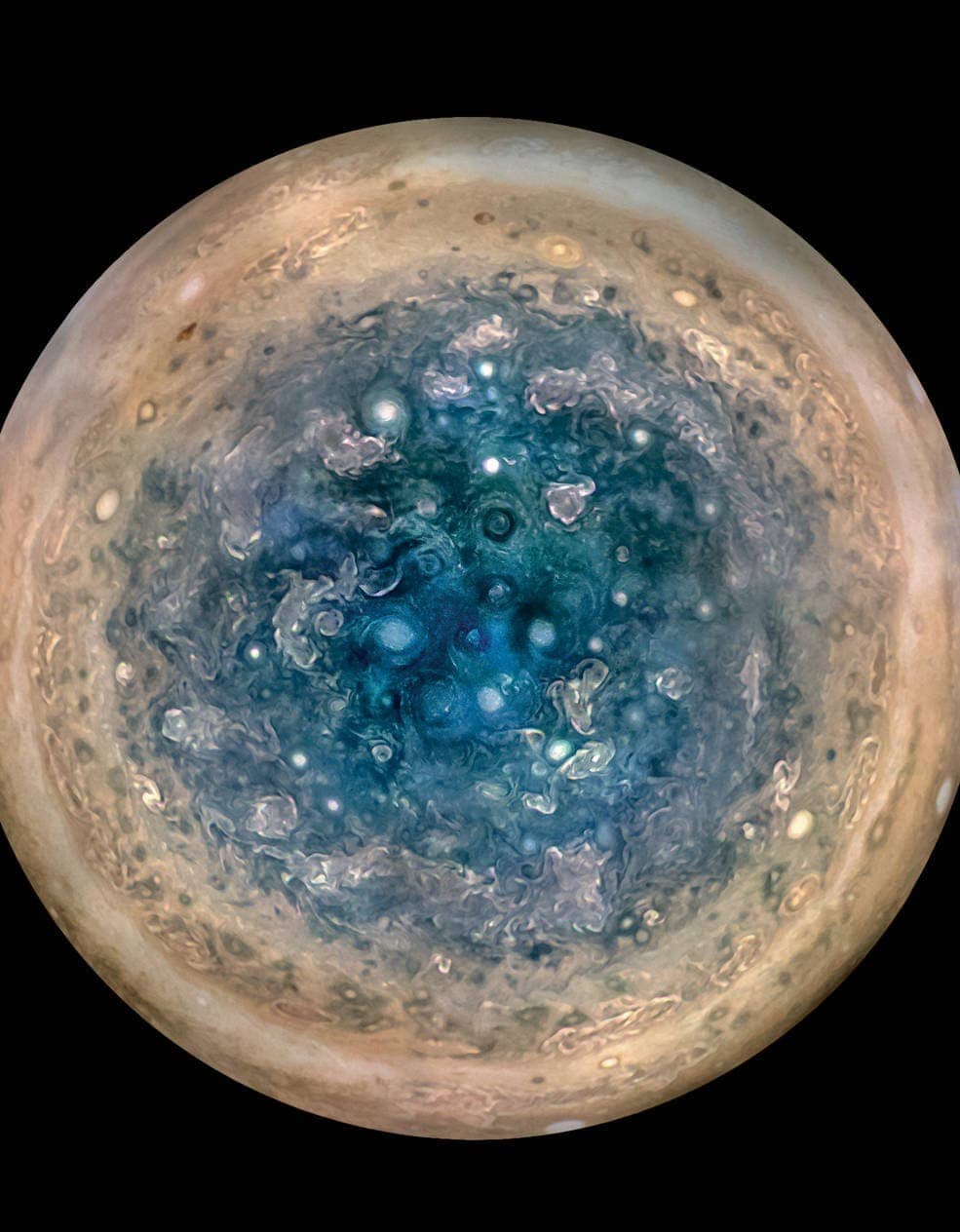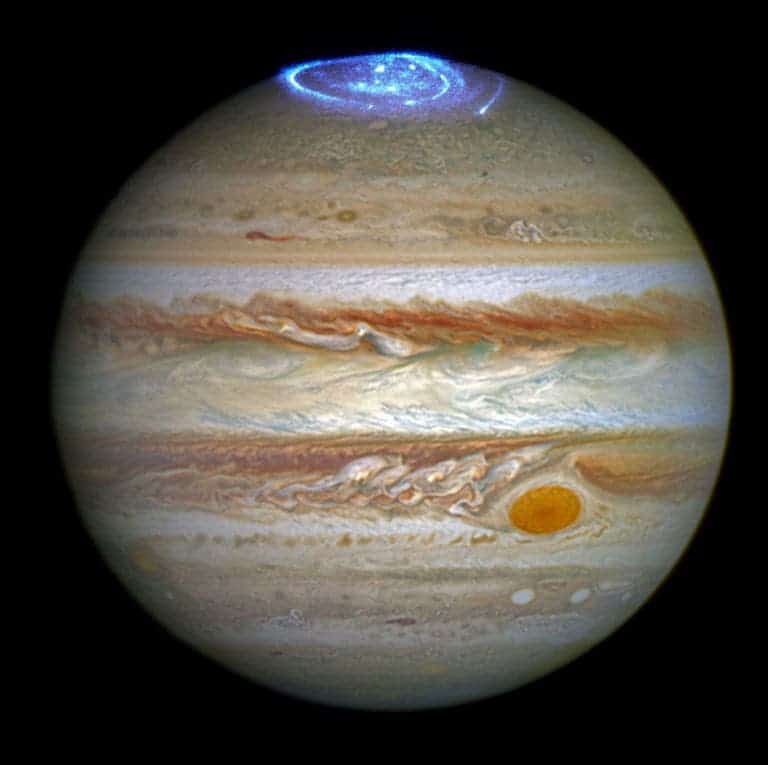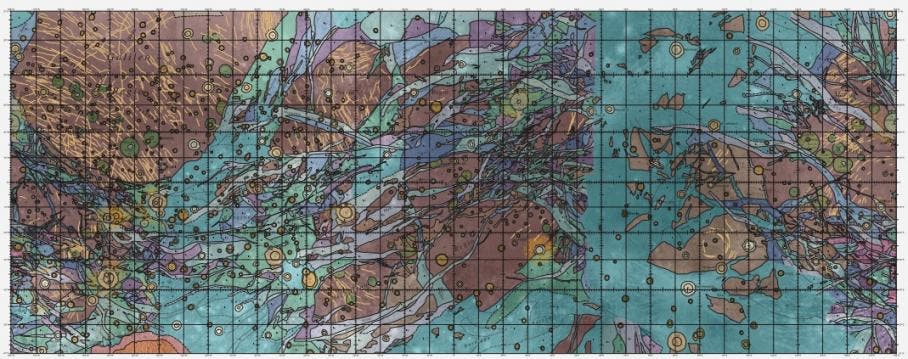Jupiter’s mysterious North and South pole are very different from one another — though they’re both ravaged by cyclones — and the planet’s aurorae are fundamentally different from those on Earth. These are just two of the surprising discoveries made by NASA’s Juno spacecraft.

Just when we thought we were getting to know Jupiter, NASA’s new mission shows us just how little we know. Researchers expected some surprises, but this was beyond even their wildest expectations.
“We knew, going in, that Jupiter would throw us some curves,” said Scott Bolton, Juno principal investigator from the Southwest Research Institute in San Antonio. “But now that we are here we are finding that Jupiter can throw the heat, as well as knuckleballs and sliders. There is so much going on here that we didn’t expect that we have had to take a step back and begin to rethink of this as a whole new Jupiter.”
Juno got a spectacular view of both of Jupiter’s poles, and that’s where the surprises started. Using microwave sounding, a method also used by weather satellites on Earth, they got an even better view of what’s happening in and around Jupiter’s atmosphere. Basically, both the North and the South Poles are covered in Earth-sized swirling storms, densely clustered and often pushing against each other. We’re only now seeing the poles in such detail, and it’s way different than what’s happening on Saturn, for example.
“We’re puzzled as to how they could be formed, how stable the configuration is, and why Jupiter’s north pole doesn’t look like the south pole,” said Bolton. “We’re questioning whether this is a dynamic system, and are we seeing just one stage, and over the next year, we’re going to watch it disappear, or is this a stable configuration and these storms are circulating around one another?”

The next surprise came from the microwave analysis, which analyzed the planet’s atmosphere, from the top of the ammonia clouds to deeper beneath. The data indicates that Jupiter’s emblematic belts and zones exhibit bizarre properties. Notably, the belt near the equator penetrates all the way down, while the belts at other latitudes act differently, transforming into other structures as they go deeper. Astronomers were also expecting to find a stable mixture of gases across the whole planet, but they learned that Jupiter’s storms are not uniform, and there’s a huge, ammonia-rich plume seems to be billowing in the atmosphere.
Jupiter’s magnetosphere also yielded its own surprises. We knew that Jupiter’s magnetic field is very strong, but the observations show that it’s much stronger than astronomic models predicted — and highly irregular in shape. This confirms the fact that Jupiter has a big, solid, inner core, but judging by the size of the magnetic field, it seems the inner core is also bigger than anticipated.
“Juno is giving us a view of the magnetic field close to Jupiter that we’ve never had before,” said Jack Connerney, Juno deputy principal investigator and the lead for the mission’s magnetic field investigation at NASA’s Goddard Space Flight Center in Greenbelt, Maryland. “Already we see that the magnetic field looks lumpy: it is stronger in some places and weaker in others. This uneven distribution suggests that the field might be generated by dynamo action closer to the surface, above the layer of metallic hydrogen. Every flyby we execute gets us closer to determining where and how Jupiter’s dynamo works.”

But perhaps even stranger is the way Jupiter’s magnetosphere contributes to the formation of aurorae. Like Earth, Jupiter has its own aurorae, but they’re really nothing like each other. Back home, aurorae form as particles from the Sun strike the Earth’s magnetosphere and slam into atmospheric gases, generating light. But on Jupiter, the particles generating the aurorae seem to be travelling from the planet as opposed to towards the planet, which also seems to suggest something about Jupiter’s core: that it is likely made of liquid hydrogen instead of molten iron. You can see these intriguing aurorae here:
https://www.youtube.com/watch?v=BWOSGI1WrNA
Two papers have been published (here and here), detailing these new finds — but NASA’s scientists have much more. A whopping 43 additional papers are available at Geophysical Research Letters, with more and more data coming all the time.
Before Juno, no other spacecraft had ever reached that close to Jupiter. Juno was designed to study Jupiter’s composition, gravity, and magnetic field to help researchers understand how the enormous planet formed — which in turn, could help us understand how planetary systems like our own form. Aside from mapping its gravitational and magnetic field, the shuttle also aims to look into Jupiter’s atmosphere to measure composition, temperature, cloud motions, and other properties, looking beneath the thick atmospheric cover. The shuttle was launched on August 5, 2011, and entered the polar orbit of Jupiter on July 5, 2016, beginning its scientific investigation of the planet. Juno is the first mission to Jupiter to use solar panels instead of the radioisotope thermoelectric generators (RTG) used by previous missions. Showing that you can also have fun while uncovering the secrets of the universe, researchers added three Lego minifigures representing Galileo, the Roman god Jupiter, and his sister and wife, the goddess Juno, to the spacecraft. The mission is expected to last until 2018 or 2019, when Juno will perform a controlled deorbit into Jupiter, burning on its trajectory to the gas giant.






